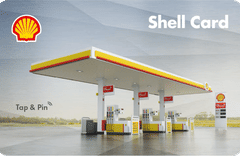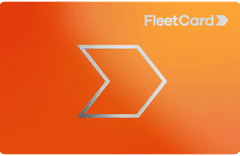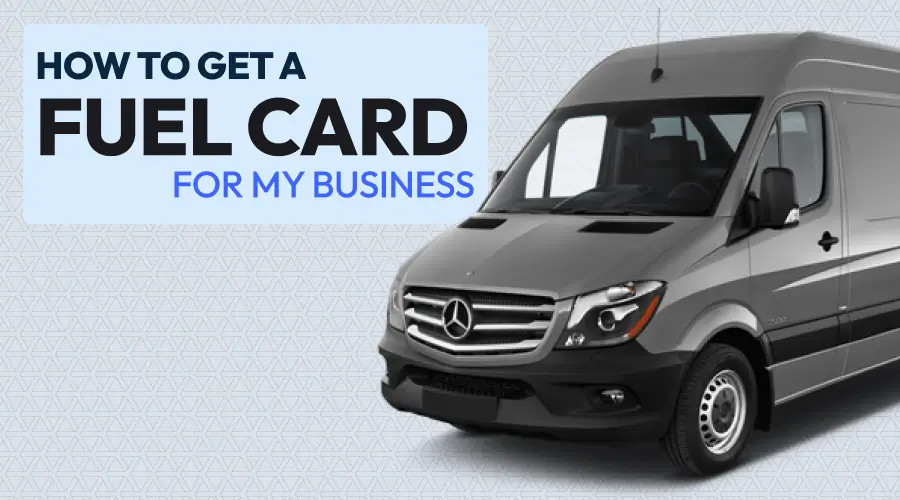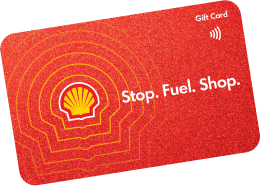How to Get a Business Fuel Card in Australia
To get a fuel card, you’ll need an active ABN, some basic business details, and a few minutes to fill out an online form. Approval is usually fast, within a few business days or sooner.
Step-by-Step Guide to Get a Business Fuel Card
1. Check Eligibility
Most fuel card providers require you to have an active ABN. Some, like Shell Card, accept businesses with less than 12 months’ trading history, making them ideal for startups.
2. Choose Your Fuel Card Provider
Choosing the right fuel card for your business will save your business serious money and admin time. The best card for you will depend on where your vehicles refuel, how often they’re on the road, and what level of control or reporting you need.
3. Gather Your Details
- ABN and business contact info
- Driver’s license for cardholders
- Bank account/payment details
4. Apply Online
Fill out the provider’s online application. This usually takes less than 10 minutes.
5. Credit Check
Most providers will run a basic credit check.
6. Approval and Delivery
Once approved, cards are mailed to you, often within a week.
What is a Fuel Card and How Does it Work?
A fuel card is a payment card designed for businesses to buy fuel and manage vehicle expenses more easily. Instead of paying with cash or a company credit card, your team uses the fuel card at participating service stations. This means you get automatic discounts, a single monthly invoice, and a clear record of all fuel spending.
- Accepted at major fuel stations
- Discounts per litre – could be around 2–6c off, depending on the card
- One monthly bill for easy accounting and GST/BAS reporting
- Extra features like rewards points, discounts on servicing, fleet tracking/telematics and more
Read more: Everything you need to know about fuel cards in Australia
What to Look for in a Fuel Card Provider
The best fuel card for your business is one that matches your routes, offers real savings, and keeps admin simple. Focus on coverage, discounts, fees, and extra features.
Key Factors to Consider When Choosing a Fuel Card
Choosing a fuel card isn’t just about the brand on the pump; it’s about how well the card fits your operations, budget, and admin workload. Here’s what to look for when weighing up your options.
1. Network Coverage
Start by checking where the card is accepted. A wide network ensures your drivers won’t be forced to detour for fuel.
- Shell Card is accepted at over 1,500 locations, including Coles Express and Liberty stations.
- FleetCard has one of the biggest networks, with access to over 6,000 sites across Australia, covering major brands like BP, Caltex, Shell, and independents.
The right network means less time off-route and more flexibility on the road.
2. Discounts and Savings
Don’t get distracted by big upfront offers – what matters is the ongoing savings.
- Shell Card typically offers a 2–4c per litre discount, depending on volume and account type.
- FleetCard provides up to 3c per litre off at selected service stations.
Make sure to compare everyday fuel prices and whether discounts apply to all stations or just selected ones.
3. Fees and Charges
Fuel card fees vary – some providers charge monthly card fees, transaction fees, or setup/admin fees.
- Expect to pay $2.50–$5.99 per card/month, although many offer $0 fees during introductory promo periods.
- Some cards may also charge for additional services like toll payments or paper statements.
Always read the fine print to avoid being caught out by hidden charges.
4. Reporting and Admin Tools
One of the biggest benefits of a fuel card is streamlined admin. Look for:
- BAS-ready invoices with GST clearly itemised
- Real-time reporting and spend tracking via a mobile app or online portal
- Custom controls, like spend limits per card or vehicle
These features reduce manual bookkeeping and give you more control over business expenses.
5. Rewards and Extras
Some cards go beyond fuel.
- Shell Card lets you collect Flybuys at participating sites.
- FleetCard offers discounts at partner businesses like servicing, tyres, and roadside assistance providers.
These extras can add up to serious value over time, especially for fleets on the road regularly.
How Much Can Your Business Save with a Fuel Card?
The amount you save depends on your card and how much you drive. Shell Card and FleetCard usually offer the best ongoing discounts for most businesses.
Here’s an example based on using 1,000 litres of fuel per month:
| Card | Ongoing Discount | Monthly Saving (1,000L) | Yearly Saving (1,000L/mo) |
| 🔥FleetCard | 1–3c/L | $10–$30 | $120–$360 |
| 🔥Shell Card | 2–4c/L | $20–$40 | $240–$480 |
| BP Plus | 2–3c/L | $20–$30 | $240–$360 |
| AmpolCard | 2–4c/L | $20–$40 | $240–$480 |
| WEX Motorpass | 1c/L | $10 | $120 |
So, if your business uses about 1,000 litres a month, a Shell Card could save you up to $480 per year, while FleetCard could save up to $360. The exact savings will depend on the card, your fuel type, and how much you use.
Common Mistakes to Avoid When Choosing a Fuel Card
Don’t get caught by promo rates that vanish, hidden fees, or cards that don’t cover your routes. Always read the fine print before signing up.
Watch Out For:
- Intro Offers That Disappear: Some cards lure you in with big discounts or no fees for a few months, then revert to higher fees or lower savings. Always check what happens after the promo period ends.
- Hidden Fees: Ask for a full list of all possible charges—monthly, transaction, late payment, etc.
- Limited Coverage: Make sure the card works at your preferred stations, especially if you travel interstate or to regional areas.
- Poor Reporting: If you need BAS/GST-ready invoices, check that the card provides them.
How to Compare Fuel Card Providers (and Negotiate a Better Deal)
Always compare at least three providers before deciding. Use online comparison tools, check real customer reviews, and don’t be afraid to negotiate for better rates if your fuel spend is significant.
Steps to Compare Fuel Card Providers
- List Your Priorities: Do you care most about discounts, coverage, rewards, or admin tools?
- Use Comparison Sites: Sites like Fuel Card Comparison let you compare features, fees, and savings side by side.
- Ask for a Custom Quote: If your business spends a lot on fuel, providers may offer better rates, especially for larger fleets. This is especially true for FleetCard and its corporate card.
- Read Reviews: Look for feedback on customer service, billing, and network reliability.
Final Tips for Getting the Most from Your Business Fuel Card
Choose a card that fits your routes and business needs, check the ongoing costs, and review your usage every 6-12 months to make sure you’re still getting the best deal.
- Negotiate: If your fuel spend grows, ask for better rates.
- Review Annually: Card fees and discounts can change – don’t set and forget.
- Use the App: Many providers offer apps for easy tracking and contactless payments.
- Maximise Rewards: If you’re using a card like Shell, don’t forget to link your Flybuys for extra value.
With the right fuel card, your business can save money, simplify admin, and keep your vehicles moving, all with less paperwork and more control over your fuel costs.
Ready to Cut Fuel Costs and Streamline Admin?
Not all fuel cards are one-size-fits-all. Before you apply, make sure your business qualifies for the right option. Compare providers like Shell Card and FleetCard, review the requirements, and find out which one suits your operations best.
👉 Check your business eligibility now and fuel smarter.
Fuel Card FAQs
Can any business get a fuel card?
Yes, most Australian fuel card providers accept any business with an active ABN (Australian Business Number). However, some providers may have additional criteria, such as being in operation for at least 6–12 months or meeting minimum credit checks. You can check your fuel card eligibility here.
Do I need a minimum fuel spend?
Not always. Many fuel card providers don’t require a minimum spend to qualify for an account. However, businesses with higher monthly fuel volumes (e.g. over 500 litres) often receive better discounts, tailored rates, or account management support. If you’re a growing fleet or run multiple vehicles, it’s worth asking about tiered discount options based on volume.
How do I pay my bill?
Most providers offer flexible payment options:
- Direct debit from your business account (usually the default method)
- BPAY or online payments via the cardholder portal
- Some may offer monthly or fortnightly billing cycles depending on your account type
You’ll typically get an itemised statement for easy reconciliation and BAS/GST reporting.
Can I use the card for other vehicle expenses?
Yes, depending on the provider, your card can cover more than just fuel.
- FleetCard and WEX Motorpass allow approved spending on vehicle servicing, tolls, car washes, tyres, and even roadside assistance.
- You can often customise what each card in your fleet can and can’t be used for, which helps prevent unauthorised purchases.
This turns your fuel card into a broader fleet management tool, not just a way to pay at the pump.





